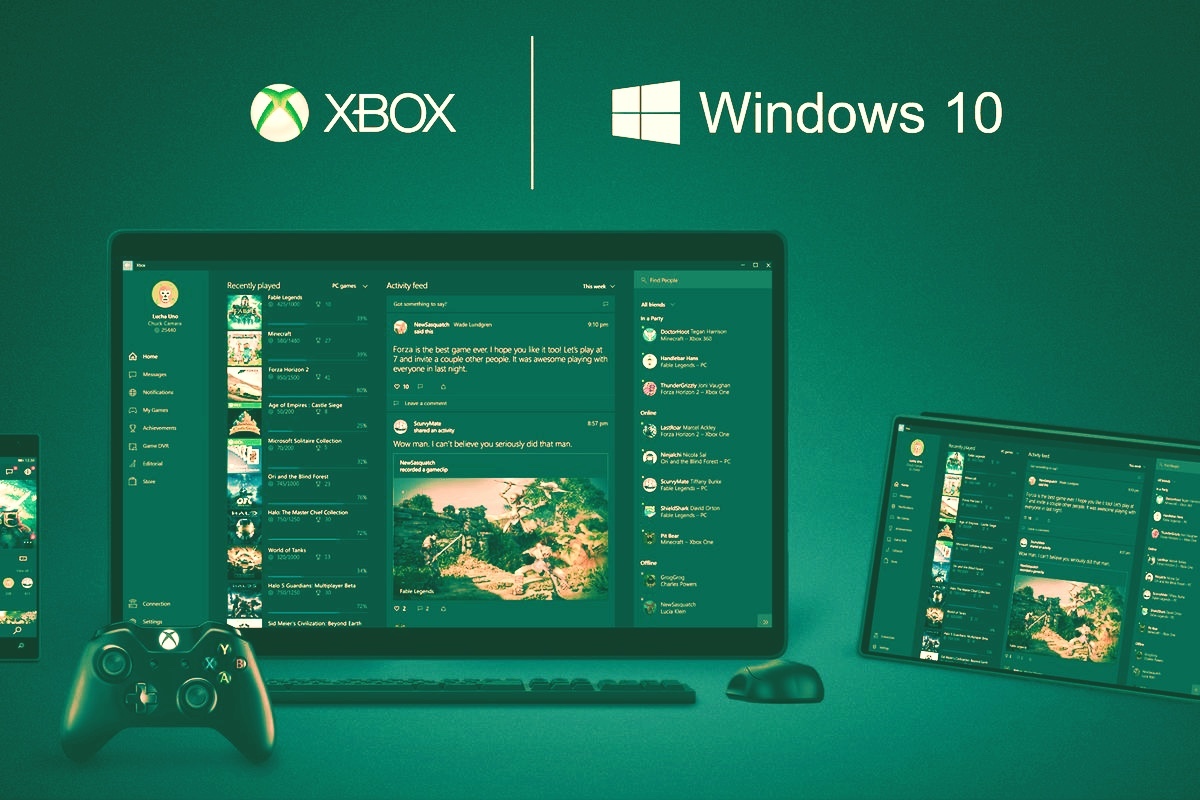
- WINDOWS 10 VS MAC OS FOR DEVELOPER INSTALL
- WINDOWS 10 VS MAC OS FOR DEVELOPER FULL
- WINDOWS 10 VS MAC OS FOR DEVELOPER SOFTWARE
Successful attacks on non-sandboxed applications leave the rest of the user’s computer vulnerable.
WINDOWS 10 VS MAC OS FOR DEVELOPER INSTALL
The technical details of the Windows and the OS X app stores and sandboxing models are slightly different to each other, although the end results are reasonably similar.īut there is a straightforward way to bypass these protections: many users need the ability to run their older applications, so both operating systems provide mechanisms to install and run non-sandboxed code. But they do significantly reduce both the potential for malware to make its way onto systems, and the harm such malware can do if they somehow get through. These walled gardens are of concern if you believe (as I do) in the “ freedom to tinker”. Only applications approved by Apple or Microsoft can be sold through them, and those companies take a cut of any sales.
WINDOWS 10 VS MAC OS FOR DEVELOPER FULL
WINDOWS 10 VS MAC OS FOR DEVELOPER SOFTWARE
In combination, these features go a long way to make sure that the only software running on OS X or Windows is: Perhaps the biggest change to the security of the two major desktop operating systems is through the combination of app stores, signed applications and “ sandboxing”. Apple’s policy is to never comment on security faults until they have been fixed.īoth companies have also introduced a number of features that make it harder for bugs to be exploited to allow attackers to take control of systems. Microsoft’s policy relating to the disclosure of security flaws says it will publicly reveal a vulnerability, even without a fix, if it becomes aware the vulnerability is being exploited. What has changed for the better is the ease and speed with which security fixes to software are distributed and installed. However, security bugs are still being discovered in released versions of both OS X and Windows on a regular basis. Apple is much less forthcoming about the specifics of its internal security efforts. Microsoft has disclosed information about its Security Development Lifecycle, both to encourage confidence and to promote the development of more secure software across the industry. Both devote considerable time and resources to removing security-related faults in their own software and preventing the introduction of new ones.

Over the years both Microsoft and Apple have taken many measures to reduce the risks from malware. Mac users tend to be wealthier than average and are likely to be more heavily concentrated in wealthier developed countries, which may attract malware authors to Macs. While that is still the case today, the relative payoffs have changed substantially. So back in 2009, Windows represented a far larger target than Mac for profit-seeking virus and malware authors. Most of the rest now comes from smartphones and tablets running Apple’s iOS and Google’s Android. By July 2015 Windows had dropped to 41.7% and Mac to 5.4%. In April 2009 (the earliest date from which records are readily available) nearly 90% of traffic came from computers running Windows, compared to only 6% for Mac. Definitive statistics for the market share of operating systems are hard to come by, but one useful estimate is available from the server traffic records of Wikimedia (the non-profit organisation that runs Wikipedia).


 0 kommentar(er)
0 kommentar(er)
